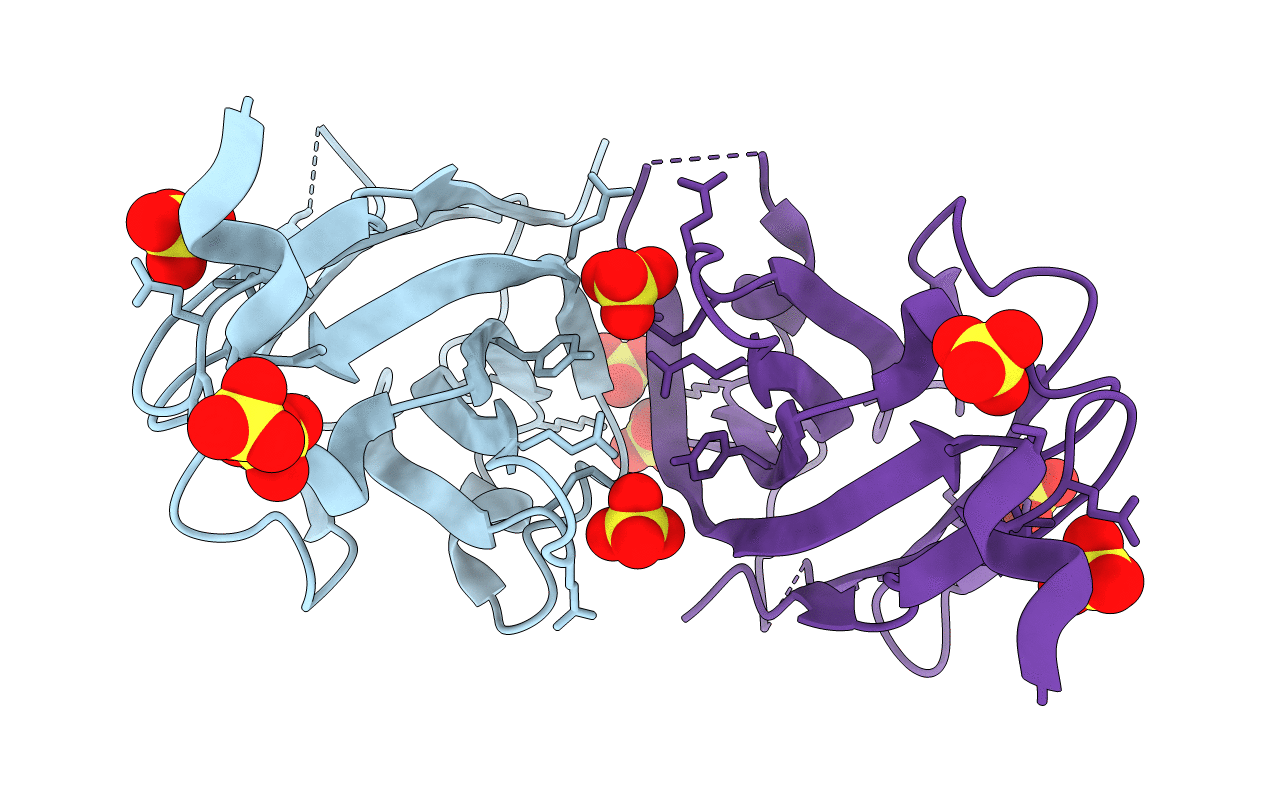
Deposition Date
2013-03-26
Release Date
2013-04-24
Last Version Date
2024-11-20
Entry Detail
PDB ID:
4JVP
Keywords:
Title:
Three dimensional structure of broadly neutralizing anti - Hepatitis C virus (HCV) glycoprotein E2 alpaca nanobody D03
Biological Source:
Source Organism:
Vicugna pacos (Taxon ID: 30538)
Host Organism:
Method Details:
Experimental Method:
Resolution:
1.76 Å
R-Value Free:
0.20
R-Value Work:
0.18
R-Value Observed:
0.18
Space Group:
P 65


